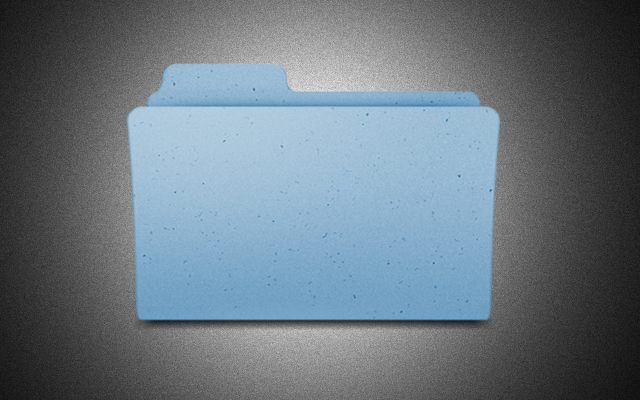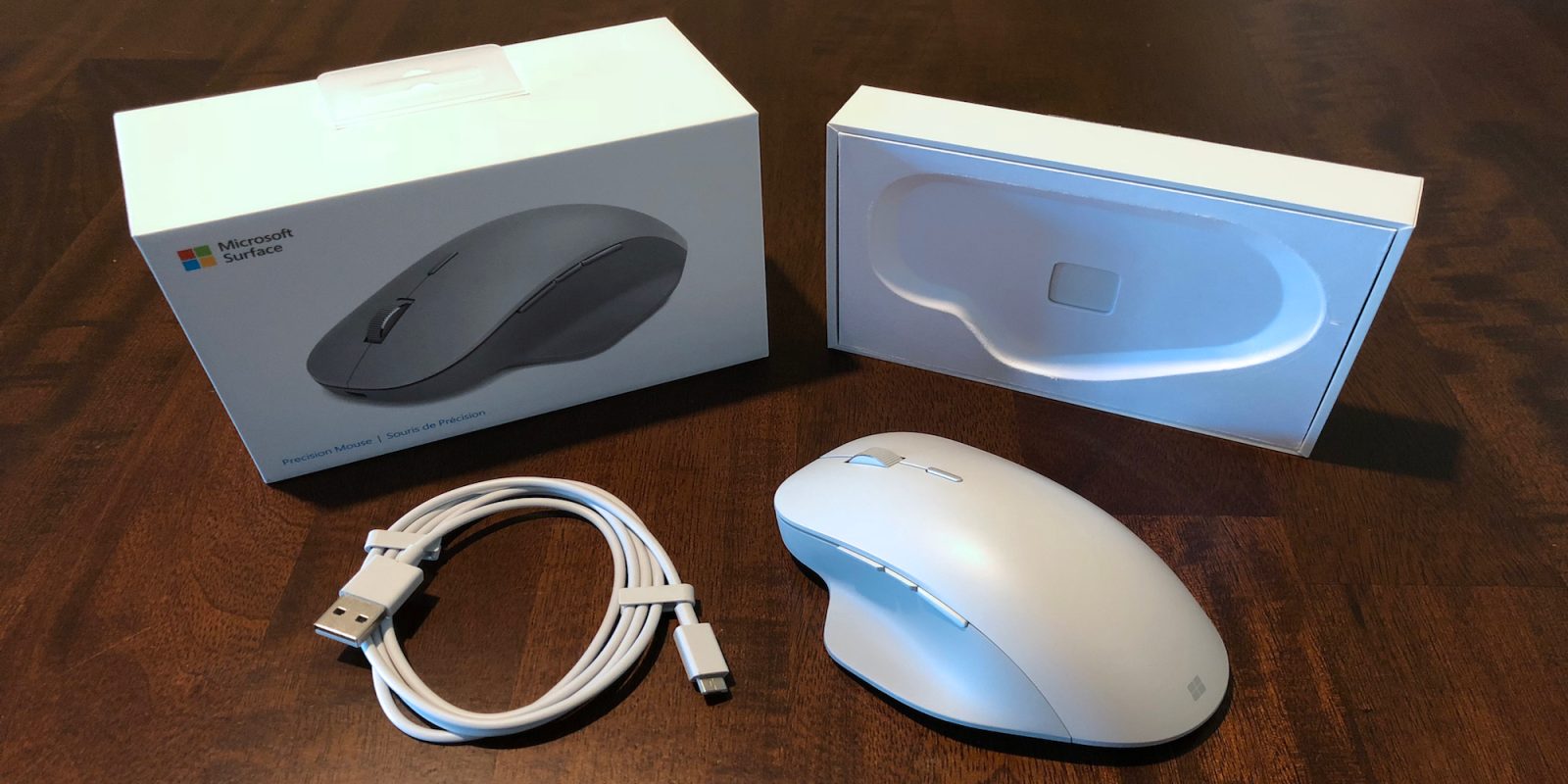Hide Microsoft User Data Folder Mac
Nov 23, 2010 Replace '/Documents/Microsoft User Data/' with the path of the folder you want to hide. This command will hide the folder from vision, but the application using it will still be able to access it. Sep 24, 2017 Right-click on the drive you wish to protect in File Explorer, click on Properties, then click on Security tab. Click the Edit button. Select the users/groups you wish to hide your files&folders from and uncheck the Allow boxes that grant them permissions to read/list files&folders/etc. Do NOT check the Deny boxes, or else you stand a good.
Note that some of these folders may not be present.com.microsoft.errorreporting.com.microsoft.Excel.com.microsoft.netlib.shipassertprocess.com.microsoft.Office365ServiceV2.com.microsoft.Outlook.com.microsoft.Powerpoint.com.microsoft.RMS-XPCService.com.microsoft.Word.com.microsoft.onenote.mac. Microsoft office for mac troubleshooting.
System Information User Guide

Use the sidebar of the Storage pane to sort through items by category, see how much space is used, and quickly find documents, apps, books, movies, backups, and other files. Then delete what you no longer need.
- Macs offer a way to hide files and folders, just like other operating systems. But Mac OS X hides these options and doesn’t make it as easy as it is on Windows and Linux. To hide a file or folder, you’ll need to set the “hidden” attribute for it. The Finder and other Mac apps will then ignore and not display this file or folder by default.
- Having the Microsoft User Data folder in the Preferences folder makes it less likely to be accidentally deleted when a user is clearing out their documents folder. (A Microsoft User Data folder will still be created in Documents if you are Using Microsoft Messenger for Mac. From what I can tell this doesn't contain any useful information at all.
- Once you are done with this much, you can go to user deger and you will be shown all the hidden folders of the Mac OS X. Also read: 2 Ways to Boot Your Mac in Safe Mode. Part #2: Hide Hidden Files on Mac using Terminal Command.
- Macs offer a way to hide files and folders, just like other operating systems. But Mac OS X hides these options and doesn’t make it as easy as it is on Windows and Linux. To hide a file or folder, you’ll need to set the “hidden” attribute for it. The Finder and other Mac apps will then ignore and not display this file or folder by default.
Note: The categories you see vary, depending on the apps and files on your Mac.
Hide Microsoft User Data Folder Mac Version

Choose Apple menu > About This Mac, click Storage, then click Manage.
Click a category in the sidebar:
Applications, Music, and Books: These categories list files individually. To delete an item, move the pointer over the file name, then click the Delete button .
Note: If you delete an item that you got from the iTunes Store, the App Store, or Apple Books using your Apple ID, the item is still in iCloud, and you can download it again.
Documents: See all the documents on your Mac. You can quickly view large files or downloads by clicking the corresponding button, and sort files by clicking Name, Kind, Last Accessed, or Size near the top of the window. You can also click File Browser to view the contents and amount of storage used by various folders in your file system.
Note: Some folders and files that are already represented by categories in the sidebar—other than Documents—are dimmed.
To delete a file, move the pointer over the file, then click the Delete button ; click the magnifying glass to view the file in the Finder.
iCloud Drive and Mail: These categories provide general recommendations for optimizing storage. To accept the recommendation, click the button.
iOS files: See iOS backup and firmware files listed individually. To delete an item, move the pointer over the file, then click the Delete button .
Trash: In this category, click Empty Trash to erase all the items in the Trash. Move the pointer over a file, then click the Delete button to delete an individual file.
